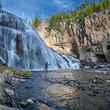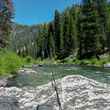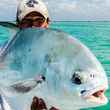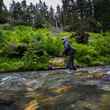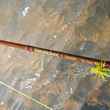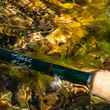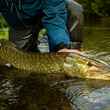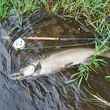In a day when all the fly fishing rage seems to be centered on salty critters that induce screaming reels and stylish expletive “bleeps” in one of the hundreds of new-era videos sucking up bandwidth these days, the essence of the craft seems to have gone south. Literally and figuratively.
Oh, I’m part of the problem. Believe me. I dig the flats and the fish that swim them. But it’s spring up here where we can actually tell a difference between the seasons, and my thoughts are shifting from bones and permit to chasing lighter fare in places where, when summer finally does arrive, it’s damn near over.
Places like the Alaskan interior, where the sun is shining now and pushing snowmelt into the region’s many rivers. And in those rivers, under brown, rushing waters lined by birch and alder, one of the most game of fly fishing targets is busy pair up, ensuring anglers yet another generation of wonderment.
Arctic grayling might be the perfect dry fly target, and while our nation’s creative fisheries managers have done their level best to bring grayling to the masses in the Lower 48, the most reliable American destination to catch this gorgeous cousin of the trout remains Alaska. And perhaps no other river in the Last Frontier is more identified with grayling than the Chena.


